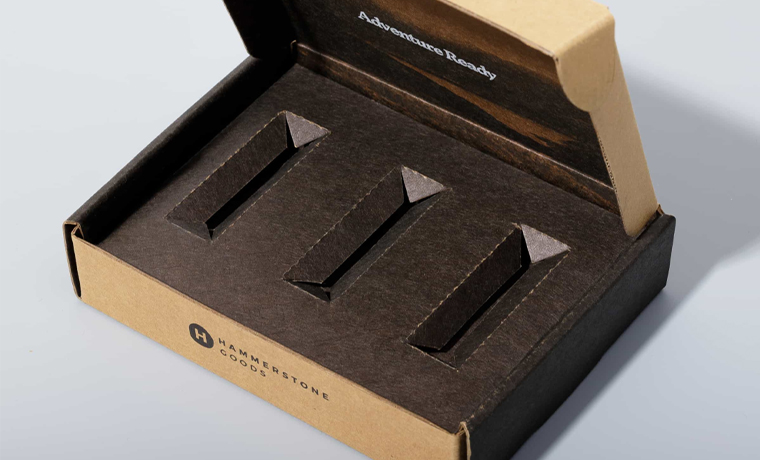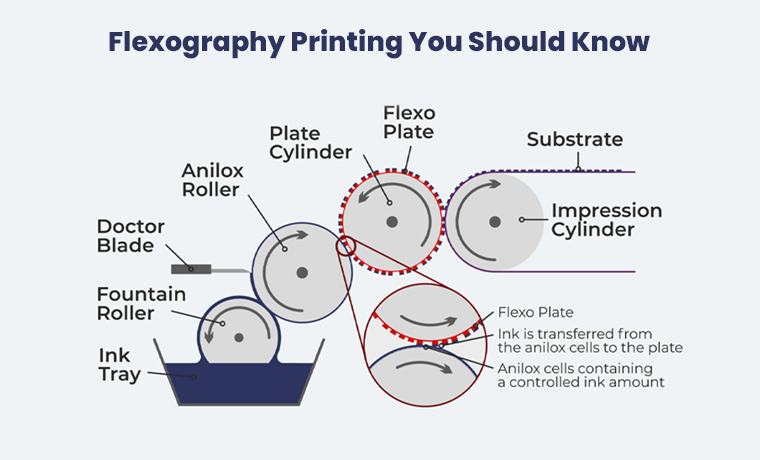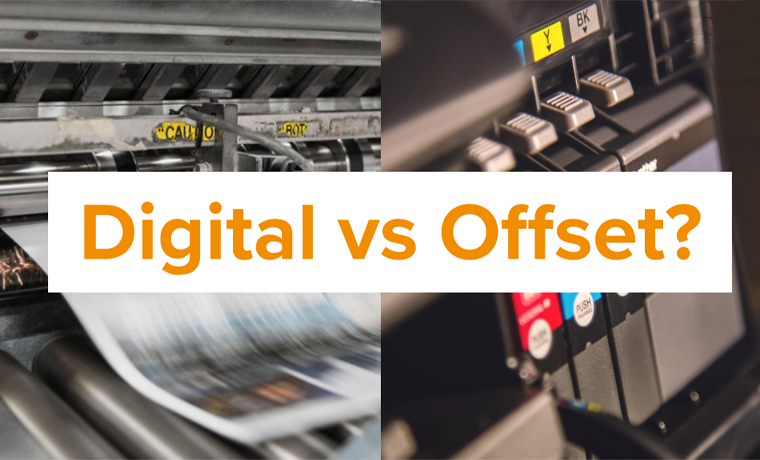Bagged Packaged Goods: Different Types, Key Benefits, and Trends in 2024
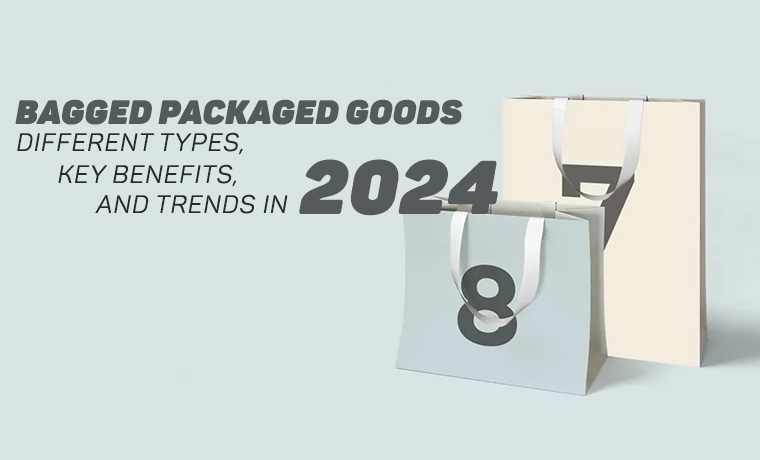
Products or items packaged for shipping and selling in bags rather than boxes or containers are primary packaging referring to bagged packaged goods. These items are snacks, dry foods, frozen foods, beverages, and many others, often sold at grocery stores.
To comfortably carry these food and daily use items, you need a bag offering convenient portability, preservation, and protection. These underweight bags can be made from packaging materials like paper, plastic, cloth, or foil. They are easy to carry and handle. Plus, they allow you to pour your products into the bag and scoop them from the bag anytime.
The retail industry is swamped with bagged goods serving various needs that require preservation and protection. There are several reasons to choose this bagged packaging for your items or products. Stay here with this blog in which we will discuss different types of bagged packaged goods, their types, and benefits latest trends. So, here we go!
Clarifying Bagged Packaged Goods
Bagged packaged goods known as BPGs are a versatile packaging solution to place your different food products like chips and non-food products like pet food in a bag when you shop at a grocery or superstore.
This bag packaging can be printed with paper and plastic. You can also find these lightweight bags in metal or foil material. These bags offer convenience in handling, distributing, and carrying protect your products, and extend their shelf life.
Not only that. These packaging bags are powerful marketing tools for brands to make them stand out and save money. Your logo printed on these weightless bags will keep advertising your brand wherever they travel to help your brand establish its identity.
Bagged Packaged Items - What Are They
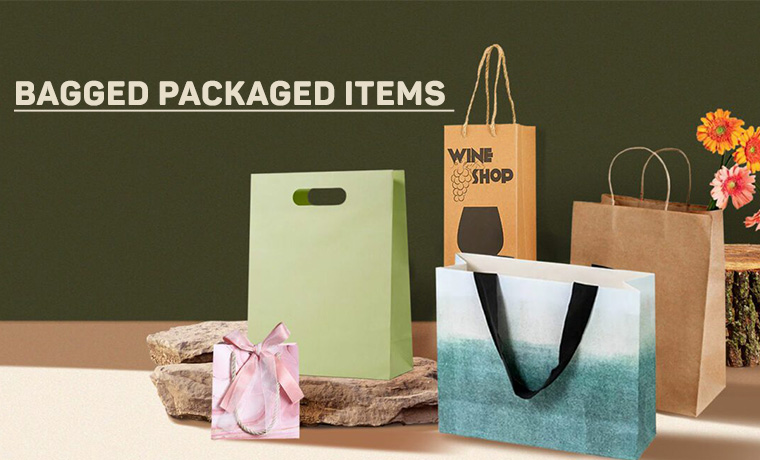
Order This Kind Of Boxes In Best Quality From Us
Compared to boxed packaged goods, these packaging bags are ideal for preserving and protecting various products. Therefore many industries are favoring these featherweight bags as they are catering to their needs. Take a look at the food and non-food products for which you can use these portable bags.
Food Products
- Snack Foods: Chips, popcorn, pretzels, and cheese puffs.
- Bakery Items: Bread rolls, bagels, and croissants (often wrapped in plastic bags).
- Vegetables: Carrots, potatoes, and beets.
- Dry Goods: Flour, sugar, rice, beans, lentils, and pasta.
- Frozen Foods: Frozen vegetables, fruits, seafood, and meat.
- Breakfast Foods: Granola, oatmeal, and cereals.
- Confectionery: Candy, chocolate bars, and gum.
- Condiments: Dips, sauce, ketchup, chutney, and mustard.
Non-Food Products
- Pet Food: Dog food, cat food, and birdseed.
- Cleaning Supplies: Garbage bags, vacuum cleaner bags, and powdered detergents.
- Gardening Supplies: Potting soil, fertilizer, and grass seed.
- Personal Care Items: Cotton balls and types of wipes.
Packaging Material Options For Bagged Packaged Goods

Order This Kind Of Boxes In Best Quality From Us
Material selection for bagged goods is as essential as it is for product box packaging. We have outlined the most preferable materials for bagged packaged goods to enhance their value. Each material has its own properties and can be chosen based on the needs.
Cardboard:
A smart and classy packaging material to manufacture bagged packaging with handles to bring handling convenience and special add-ons to give an astonishing outlook.
Plastic:
This plastic packaging is suitable for different products of various industries as it keeps their originality and longer safety. For clothing, household, and plastic items, this is an excellent choice.
Kraft:
A naturally brown Kraft is a sustainable paper packaging option for bagged goods. It absorbs moisture and reduces environmental impact. These kraft paper bags keep food products fresh for longer and prevent them from becoming soggy. Good for items like snacks, flour, and sugar.
Mylar:
This packaging material can help to preserve the quality, taste, freshness, and nutritional value of your products. The life of food products can be extended using these mylar bags. As a result, customers will enjoy fresh food.
Metal:
This material involves aluminum foil for multi-layered bags and is a popular choice due to its excellent barrier properties as it withstands moisture, light, and heat. It is suitable for products like pharmaceuticals and coffee to keep their quality and extend shelf life.
Types Of Bagged Packaged Goods
Planning to pack your products in custom packaging bags and wondering which one is most suitable? Fret not. Here are some types of bagged packaging to help you choose with which packaging bag you should go. Search your product in the list to learn which type of bag you should consider.
Food Items:
These resealable bags can carry various food items including rice, cereals, grains, snacks, and pasta. They maintain the freshness of food items for longer.
Pet Essentials:
For pet food manufacturing companies, these bags are ideal for packing pet treats and cat litter. It is easy to pack pet food items in these bags and seal them.
Lawn and Garden Products:
To pack your lawn and garden items such as fertilizers, grass seeds, and soil, you can use these bags for packing.
Household Items:
Many household items like dish soaps, toiletries, laundry detergents, and chargers can be packed in bagged packages.
Pros of Bagged Packaged Goods You Should Know
There are many advantages of using bagged packaged goods catering to the needs of many industries and businesses. Their versatility and flexibility offer sufficient storage capacity and convenient transportation.
They are lightweight in design which minimizes the shipping cost. Compared to giant bulky alternatives, they are smaller pieces to reduce waste.
The sealed feature of these sealed bags preserves the quality of the items and extends their shelf life. Moreover, this feature enhances customers experience.
Cons of Bagged Packaged Goods You Haven’t Heard
Despite of advantages bagged packaged goods have some drawbacks to be discussed. First most often these packaging bags are produced from plastic and can contribute to land waste if not made with biodegradable materials.
Second, if these bags are mishandled, the possibility of contamination from bacteria or harmful substances is higher.
Third, some types of bags are not durable for storage and transportation. There is a probability of tampering.
Key Differences: Bagged Packaged Goods vs Boxed Packaged Goods

Order This Kind Of Boxes In Best Quality From Us
Two of the most common packaging ways used by many brands are bagged and boxed. We have addressed bagged packaged goods but what is boxed packaging? Do you know? They are custom boxes made from different paperboard materials such as cardboard, kraft, and corrugated cardboard.
Both bagged packaged goods and boxed packaged goods are two universal types of product packaging. There are some differences between them. Let’s differentiate.
|
Bagged Packaged Goods |
Boxed Packaged Goods |
|
|
Material |
Typically made from kraft paper or eco-friendly plastic |
Made from cardboard or other paperboard materials |
|
Quality |
Manufactured and sold in varying sizes or by weight |
Manufactured and sold in certain or bulk quantities |
|
Product Variety |
Suitable for a variety of products, especially dry goods |
Perfect for fragile and delicate items like glassware |
|
Storage |
Lightweight and compact, requiring less storage space |
Requires more storage space |
|
Cost |
Economical due to less material usage |
Often expensive due to additional materials |
|
Convenience |
Easy to carry, pour, and reseal |
May require more effort to open, close, and store |
| Sustainability |
Often eco-friendly, especially if made from biodegradable materials |
Less sustainable due to reliance on cardboard |
|
Customization |
Highly customizable in shape, size, and design |
Possible but usually more rigid |
|
Protection |
Good for preserving freshness, especially with resealable options |
Offers better protection for fragile items |
The table above highlights the key differences between bagged packaged goods and boxed packaged goods. From packaging material, storage, and convenience to customization, sustainability, and cost, it covers many things to help you understand which option is suitable.
Top Trends Of Bagged Packaging
As time advances, the lifestyle and preferences of customers evolve. The same case is with the packaging industry. Eco-friendly and sustainable options are the latest bagged packaging trends that are forcing industries and businesses to switch over to environmentally-friendly materials and designs to contribute to saving the planet as they have less environmental impact.
Customization and personalization are another choice for many brands to design these paper bags in their customized sizes, designs, and styles meeting their requirements to stand out in the flooded market.
Smart packaging methods like QR codes and Augmented reality (AR) are emerging technologies that allow you to integrate them with the product. It will enable customers to scan the product and get additional product information. This improves customers' experiences.
Also Read: Top Packaging Design Trends
All in All
Offering adaptability and convenience to present your products in a decent manner, bagged packaged goods or bag packaging are an essential part of our life. They are important in the retail industry and are gaining more popularity rapidly. Consider them if you are looking for a sustainable packaging solution to package your items. To give your products more value, connect with a reputable and renowned packaging partner like Custom Product Packaging, as we deal with all types of packaging and offer innovative solutions catering to your business needs. Shoot us an email at orders@customproductpackaging.com and give us this opportunity to take better care of you.


